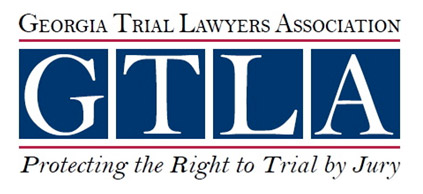It has indeed been a turbulent three months in the Eleventh Circuit over the jurisdictional requirements of the Class Action Fairness Act (“CAFA”). On July 19, 2010, an Eleventh Circuit panel issued an opinion in Cappuccitti v. Directv, Inc., 611 F.3d 1252 (11th Cir. 2010) (“Cappuccitti I”) in which the panel concluded that either the named plaintiff or a member of the putative class must allege a claim in excess of $75,000 for the district court to possess original jurisdiction over a class action under CAFA. Specifically, the Court held that “in a CAFA action originally filed in federal court, at least one of the plaintiffs must allege an amount in controversy that satisfies the current congressional requirement for diversity jurisdiction in 28 U.S.C. § 1332(a).” Cappuccitti I, 611 F.3d at 1257. The panel’s ruling was the first of its kind in the United States and represented a sea change in class action practice. Practically speaking, it meant that most consumer class actions in the Eleventh Circuit would be back in state courts.
In a remarkable development, both the plaintiffs and the defendant in Cappuccitti I sought rehearing en banc, raising identical arguments. Rehearing was granted by the panel on October 15, 2010, and the panel withdrew the opinion in Cappuccitti I, replacing it with an opinion directly contrary to the panel’s previous reasoning. Cappuccitti v. Directv, Inc., Case No. 09-14107 (11th Cir. Oct. 15, 2010)(“Cappuccitti II”). In the new opinion, the panel concludes that “[t]here is no requirement in a class action brought originally or on removal under CAFA that any individual plaintiff’s claim exceed $75,000.” Rather, if “the amount in controversy – in the aggregate – exceed[s] $5,000,000, exclusive of interest and costs,” CAFA jurisdiction exists.
The panel in Cappuccitti II gave no reason for its about-face on CAFA jurisdiction. For now, however, it appears that the issue is settled. If the claims of the putative class in the aggregate exceed $5,000,000, federal jurisdiction exists. Most consumer class actions will therefore end up in federal court, either as originally filed there or removed to federal court by the defendant.




